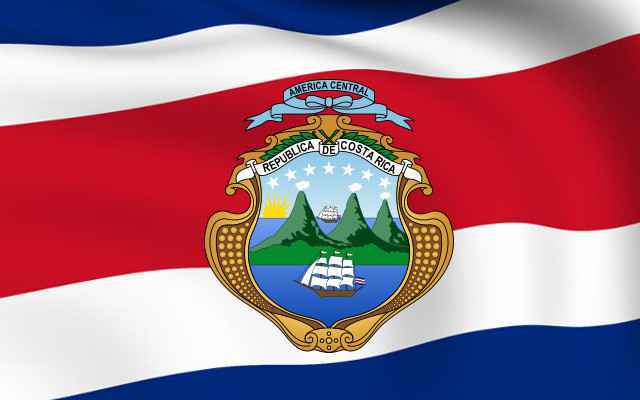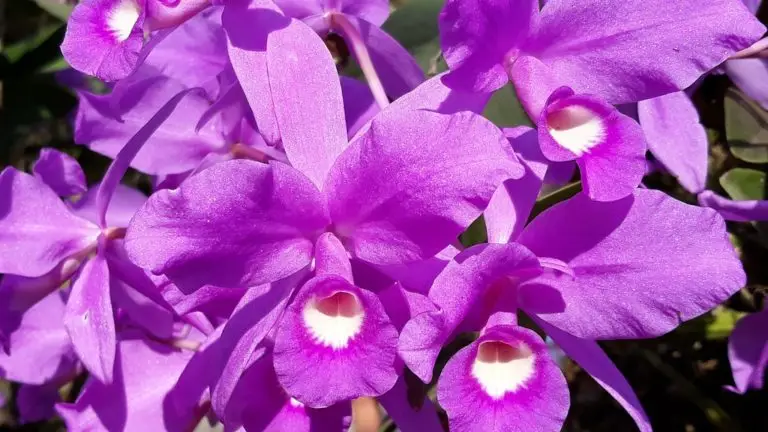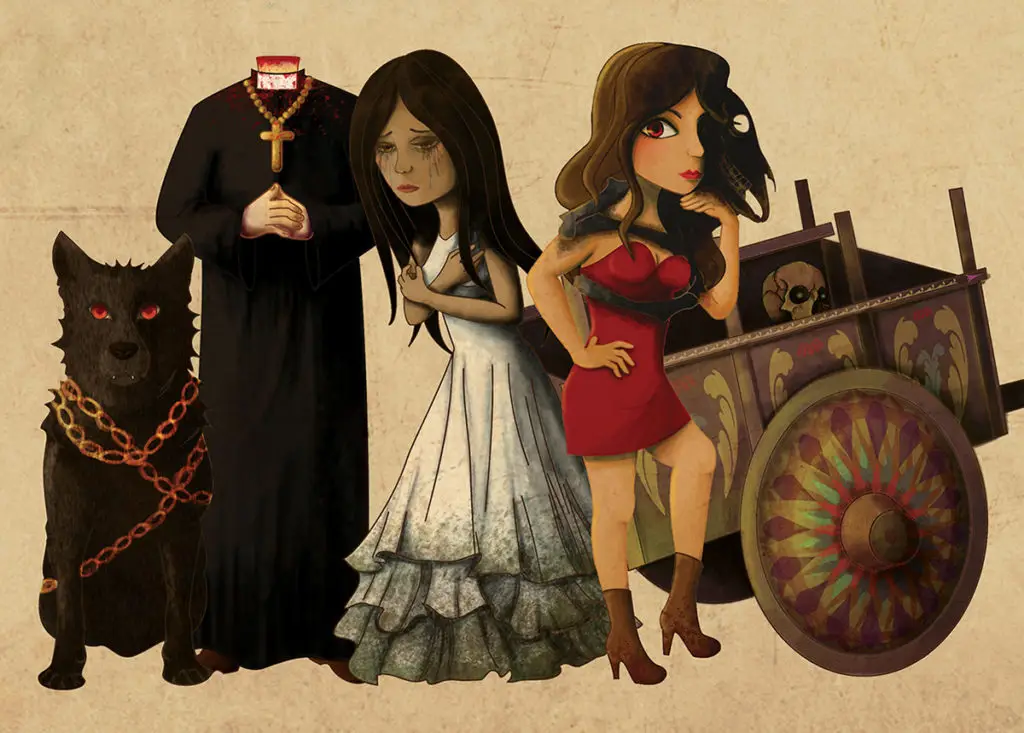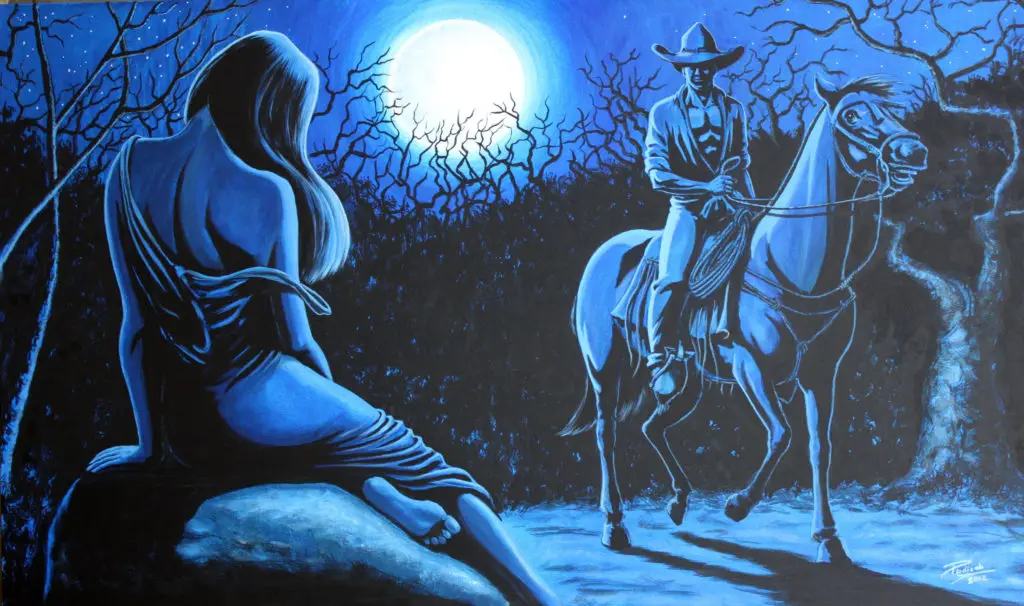Folklore and Symbols of Costa Rica.
Costa Rica is our beautiful country. A land of natural beauty and culture. It weaves its identity through a rich tapestry of symbols and folklore. In this article, I will show you some of our national symbols, and a little bit of our country’s folklore. From the iconic oxcart (carreta tipica), to the haunting tales of La Segua. These emblems and stories capture the spirit of our nation, deeply rooted in tradition and harmony with nature. Each national symbol tells a story of our love to our country, and our resilience. Costa Rica´s folklore offers a window into our collective imagination. A blend of beliefs, colonial influences, and timeless moral lessons. Together, they form a cultural mosaic that reflects Costa Rica’s past, celebrates its present, and inspires its future.
Costa Rica´s National Flag and Coat of Arms:
Adopted in 1848, Costa Rica’s flag features five horizontal stripes: blue, white, red (double width), white, and blue. Inspired by the French Tricolor, it represents ideals of freedom, peace, and resilience. The blue signifies opportunities and the sky, the white symbolizes peace and wisdom, and the red honors the sacrifices made for freedom and the warmth of the Costa Rican people.
Central to the state flag, the coat of arms showcases three volcanoes, a fertile valley, and two oceans, symbolizing the country’s geography. It is adorned with seven stars, representing the provinces and ships, reflecting Costa Rica’s maritime history.

La Guaria Morada. Costa Rica´s beautiful orchid:
Declared the national flower in 1939, the Guaria Morada orchid (Guarianthe skinneri) captivates with its vibrant purple hues. Associated with grace and beauty, it embodies the natural richness and cultural pride of Costa Rica. There are many plant nurseries in Costa Rica, called “viveros”, where you can acquire all types of plants. Be sure to search for our “guaria morada”, a truly beautiful orchid!

The Yiguirro. Costa Rica´s National Bird:
The clay-colored thrush, or Yigüirro, was named the national bird in 1977. Known for its melodic songs marking the rainy season, it represents renewal, hope, and Costa Rica’s harmony with nature. I wouldn´t call it a beautiful bird, and I would have preferred the “Bobo” bird, which I find appealing.
Coffee: Costa Rica´s "Golden Grain".
Coffee was declared a national symbol of Costa Rica, on January 20, 2020. We used to call it “el grano de oro”, or the “grain of gold”. For an entire era, coffee was the main produce of Costa Rica, and it represents economic prosperity. I personally have four cups in the morning. The best coffee in Costa Rica is grown in TARRAZÚ, so I highly recommend you drink Tarrazú Coffee. Britt sells it in blue packages that you can find at the airport, and all across the country.
Tarrazú coffee is truly the best in the world. This is due to the area´s height and climate. It´s no wonder that Juan Valdez drinks Costa Rican coffee!

The Carreta and the Marimba:
The Carreta: The oxcart, or “La Carreta,” became a national symbol in 1988. Historically, it has been used to transport coffee and goods, and it signifies the hard work and perseverance of the Costa Rican people. Adorned with intricate designs, these carts are now celebrated as artistic and cultural treasures.
The Marimba: Declared the national instrument in 1996, the marimba’s vibrant melodies are the soundtrack of traditional Costa Rican celebrations. Its joyful rhythms embody the “Pura Vida” spirit, bringing communities together.
The White-Tailed Deer and the Stone Spheres of Diquís:
The White-Tailed Deer: The white-tailed deer, designated in 1995, symbolizes Costa Rica’s rich biodiversity. Its presence in Costa Rican habitats underscores the country’s commitment to environmental conservation.
The Stone Spheres of Diquís: These pre-Columbian artifacts, recognized in 2014, are a national symbol of Costa Rica’s ancient heritage. Their precise round shapes remain a mystery, inspiring pride in the ingenuity of early civilizations.
Some Myths of Costa Rican Folklore:
Costa Rican folklore is a vibrant reflection of the nation’s soul, steeped in tales of mystery, morality, and a profound connection to nature. Rooted in indigenous traditions and enriched by colonial influences, these stories bring to life a world where mythical creatures, spectral figures, and protective spirits shape the cultural landscape.
From the haunting cry of La Llorona to the watchful presence of El Cadejos, each legend carries deep moral lessons and reflects the values, fears, and hopes of Costa Rican society. Passed down through generations, these captivating narratives are a testament to the country’s rich cultural heritage and its enduring love for storytelling.

La Segua:
We have all heard the tale, since we were children. La Segua is a beautiful woman, that would appear to travelers in the late hours of the night. She would request a ride, to the unfortunate person who would have this encounter. La Segua is a beautiful woman who lures
unfaithful men traveling alone at night. Once she has captivated her victim, her face transforms into a grotesque horse skull, terrifying them.

El Cadejos and La Llorona:
El Cadejos: The legend of El Cadejos, a hellish hound that follows travelers, serves as a protector for the virtuous and a harbinger of doom for wrongdoers. The black Cadejos guides those in need, while the white Cadejos confronts those with malicious intent. When I was a kid growing up, old ladies from Cartago would tell me these stories. They used to say, that when walking late at night, you could tell that El Cadejos was near, when you heard the rattling of his chains.
La Llorona: This is a tragic story about a weeping woman, that haunts rivers and lakes. The tale is that due to some unfortunate incident, her child drowned. This story used to scare me. They said that you can hear her lamentations and sobbing, in the Orosi river. Orosi is a beautiful place to visit, in the Cartago province. It has thermal springs, due to the proximity to the Irazú volcano.
El Padre sin Cabeza:
El padre sin cabeza is a headless priest. It´s said that he wanders near churches at night, appearing headless. The legend says, he seeks atonement for sins committed during his lifetime. When I was a kid, they would say they also appeared in The Orosi Valley in Cartago. The location? At the ruins of the Church of Our Lady, also know as the “Ujarras Ruins” or “Ruinas de Ujarras”. This church was built in 1639, and only the ruins stand today. You can find a picture of these ruins in the photograph attached. It´s a nice place to visit, with good restaurants all over the area.

Fiestas and Traditional Dances:
Costa Rica’s folklore is celebrated through vibrant festivals like the Día de los Boyeros (Day of the Oxcart Drivers) and traditional dances like Punto Guanacasteco. These festivities highlight the oxcart’s importance, storytelling, and the joy of communal gatherings.
Beyond the myths, Costa Rican folklore permeates everyday life. Proverbs, known as “dichos,” and traditional foods like gallo pinto are integral to Costa Rican culture, blending humor, wisdom, and a connection to our soul.
The Fusion of Costa Rican Symbols and Folklore:
Costa Rica’s national symbols and folklore are deeply connected, reflecting its natural beauty, cultural heritage, and the resilience of its people. The oxcart, for example, is both a national symbol and a recurring motif in folklore, representing the struggles and triumphs of rural life. Similarly, tales like El Cadejos echo the harmony with nature emphasized by symbols such as the Guanacaste tree and Yigüirro.
Through its symbols and stories, Costa Rica invites the world to experience the spirit of “Pura Vida”—a life of simplicity, balance, and joy. Together, these elements celebrate a nation that is proud of its roots and committed to preserving its traditions and natural treasures.
Dr. Christopher Pirie Gil.
CPG LEGAL